Gallery
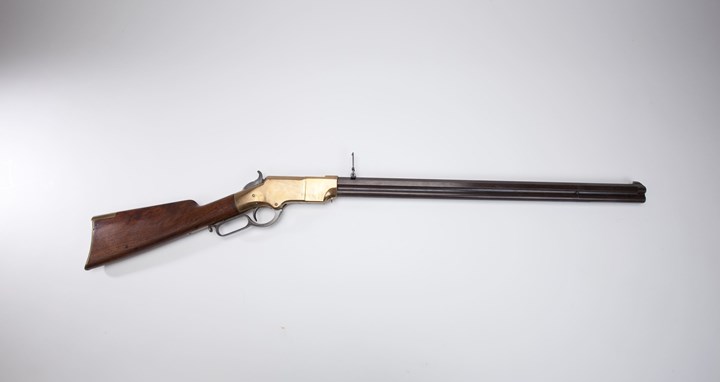
1 of 1
New Haven Arms Co. Henry Lever Action Rifle
Although manufactured in 1864 at the height of wartime sales, this rifle was purchased by a civilian. The brass-frame Henry Rifle was the predecessor to the Winchester Model 1866, and may be easily distinguished from this latter arm by the absence of a forestock...
Read more here
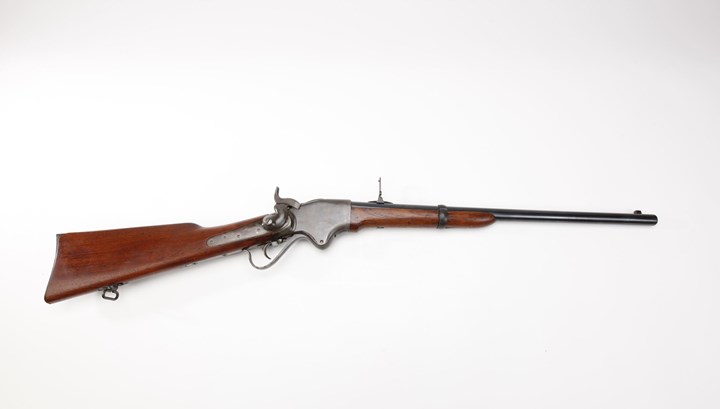
1 of 1
U.S. Spencer Lever Action Repeating Carbine
The Spencer carbine was a mechanically-complex arm whose manufacture was beyond the capability of Southern industry. These guns were used with great effectiveness by Northern troops.
Read more here
Read more here
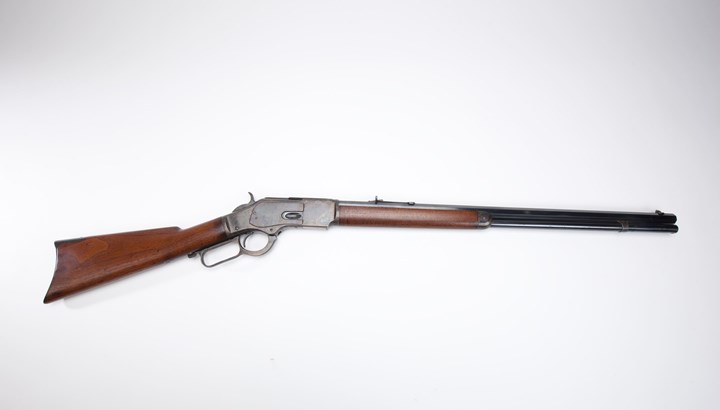
1 of 1
Winchester Model 1873 Lever Action Rifle
The Winchester Model 1873 enjoyed a production run spanning fifty years; during this period, over 720,000 rifles were manufactured. These rifles, and the nearly-identical Model 1876, may be easily identified by the presence of sideplates on the receiver...
Read more here
Read more here
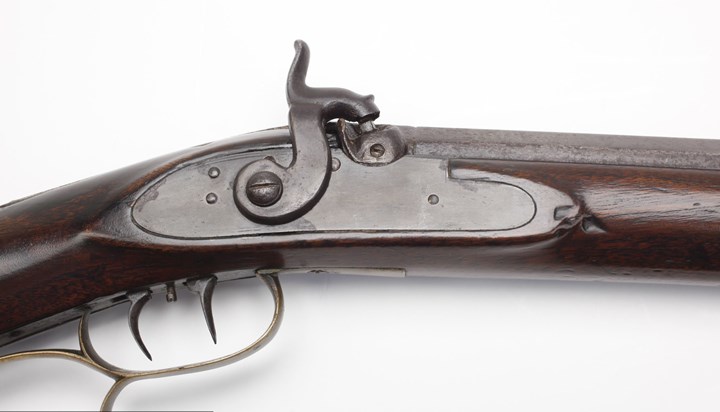
1 of 1
Samuel Hawken Plains Rifle
The stock of this rifle is a period replacement that incorporates another Hawken rifle's patchbox. Circa 1849 Samuel Hawken (U.S.) Percussion Plains Rifle (single-shot/ muzzle-loading/ black powder/ ball ammunition). The late 1840s saw an increase in U.S. westward expansion, up the Missouri River, across the Great Plains, over the Rocky Mountains, and to the Pacific coast...
Read more here
Read more here
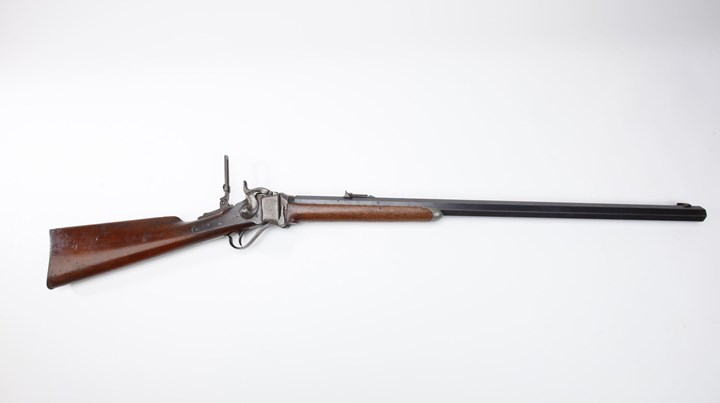
1 of 1
Sharps Big 50 Buffalo Rifle
Designed for buffalo hunting, Sharps .50 caliber rifles gave knockdown power at both ends. The Model 1874 was manufactured c. 1871-1881...
Read more here
Read more here

 More Like This From Around The NRA
More Like This From Around The NRA



